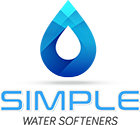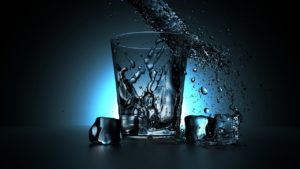-

email us
lisa@simplewatersofteners.com
-

Call Us
(210) 960-2555
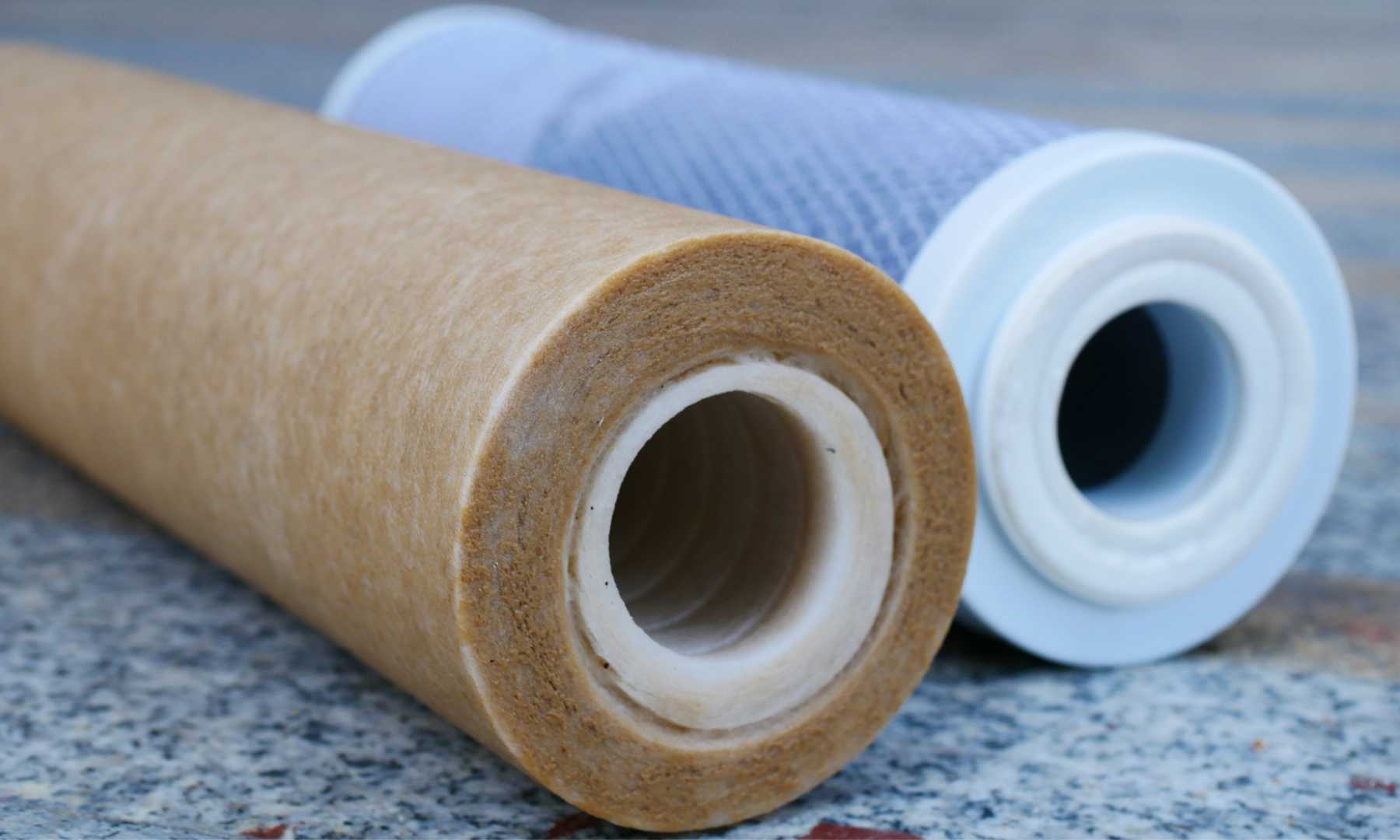
09 Oct. 2023
Optimizing Your Reverse Osmosis System for Better Water Output
Having a reverse osmosis (RO) system at home ensures that you receive clean and high-quality water. But if you notice a decline in water output, it might be due to a few common issues. Here are some steps to help you optimize the performance of your RO system:
- By:Lisa Bauer
24 May. 2023
Unlocking the Science Behind Reverse Osmosis Filters: A Comprehensive Guide by Simple Water Softeners

Clean, pure water is essential for our health and well-being. Reverse osmosis (RO) filters are a popular and effective solution for removing contaminants and impurities from your water supply. In this blog post, we will delve into the science behind RO filters and how they work to provide you with clean, safe drinking water, inspired by the expertise of Simple Water Softeners.
- By:Lisa Bauer
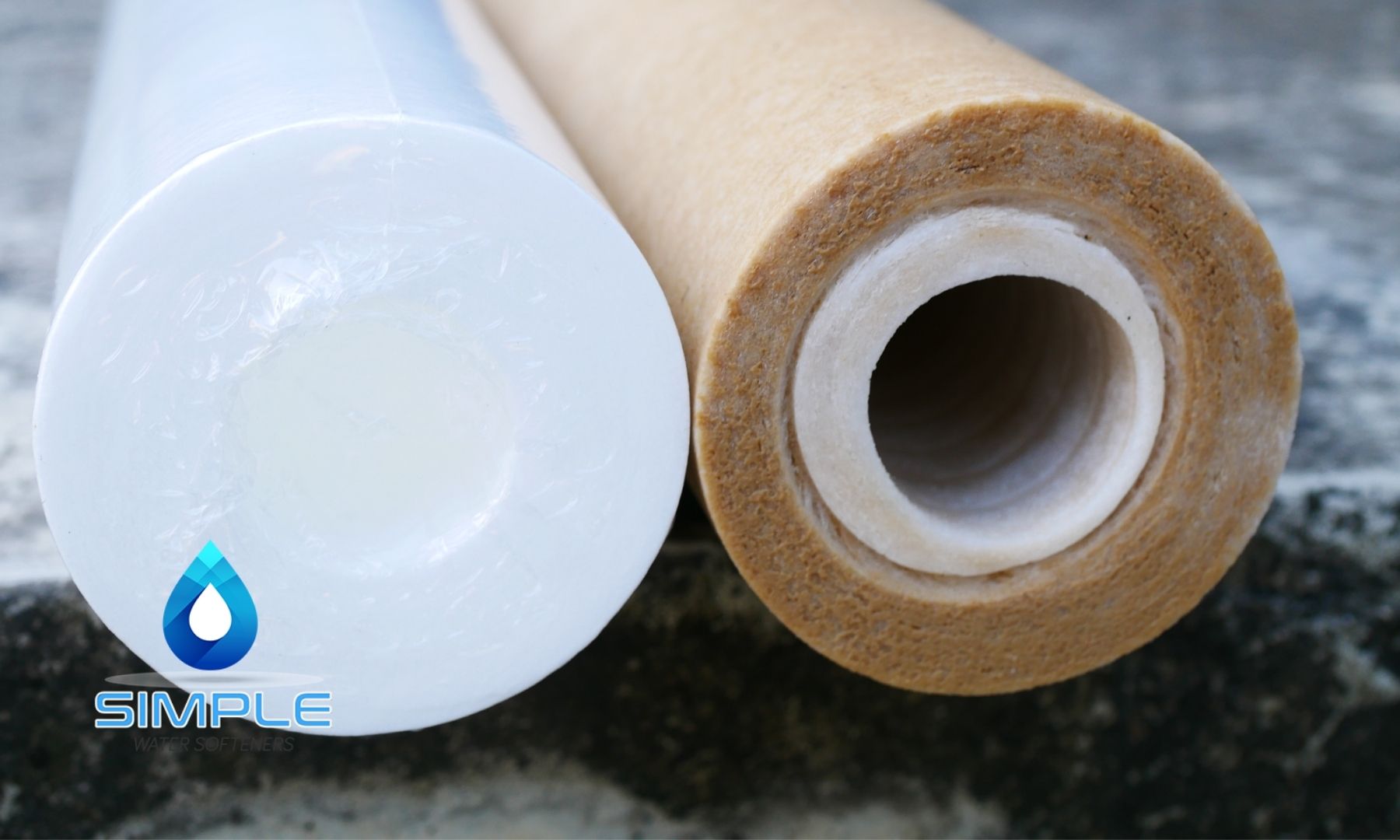
06 Oct. 2020
Reverse Osmosis Not Putting Out much Water
If you have a reverse osmosis system in your home you need to change filters. Read up on the brand you have and be sure to follow the instructions and change it, this will keep the water flowing. Also you will need to change the membrane since on so many units you only do every four- or five-years people seem to forget it. The membrane is what makes the water into bottle quality water, it will remove 97.6% of everything. The other filters remove the chlorine, herbicides, pesticides, and organics but for it to be bottle quality the membrane must be functioning. Read More
- By:Lisa Bauer
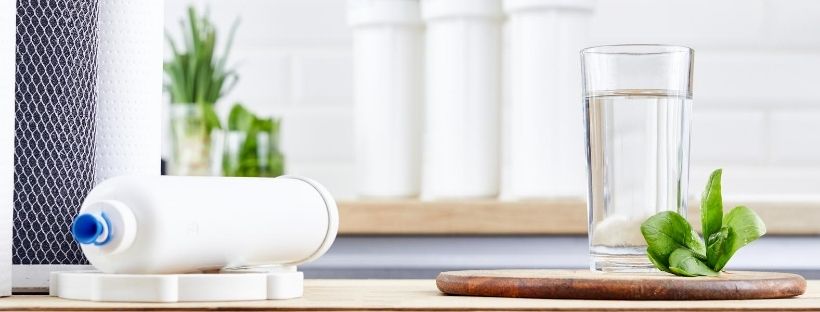
23 Jul. 2020
How Does a Reverse Osmosis Filter Work?
Reverse Osmosis or RO is a commonly used water filtration system. It is a simple, straightforward, and effective way to remove most harmful contaminants, making the water safer to drink. Many experts recommend it for residential water filtration. At Simple Water Softeners, we’re happy to explain how this system works. Here’s a look at what you need to know about Reverse Osmosis. Read More
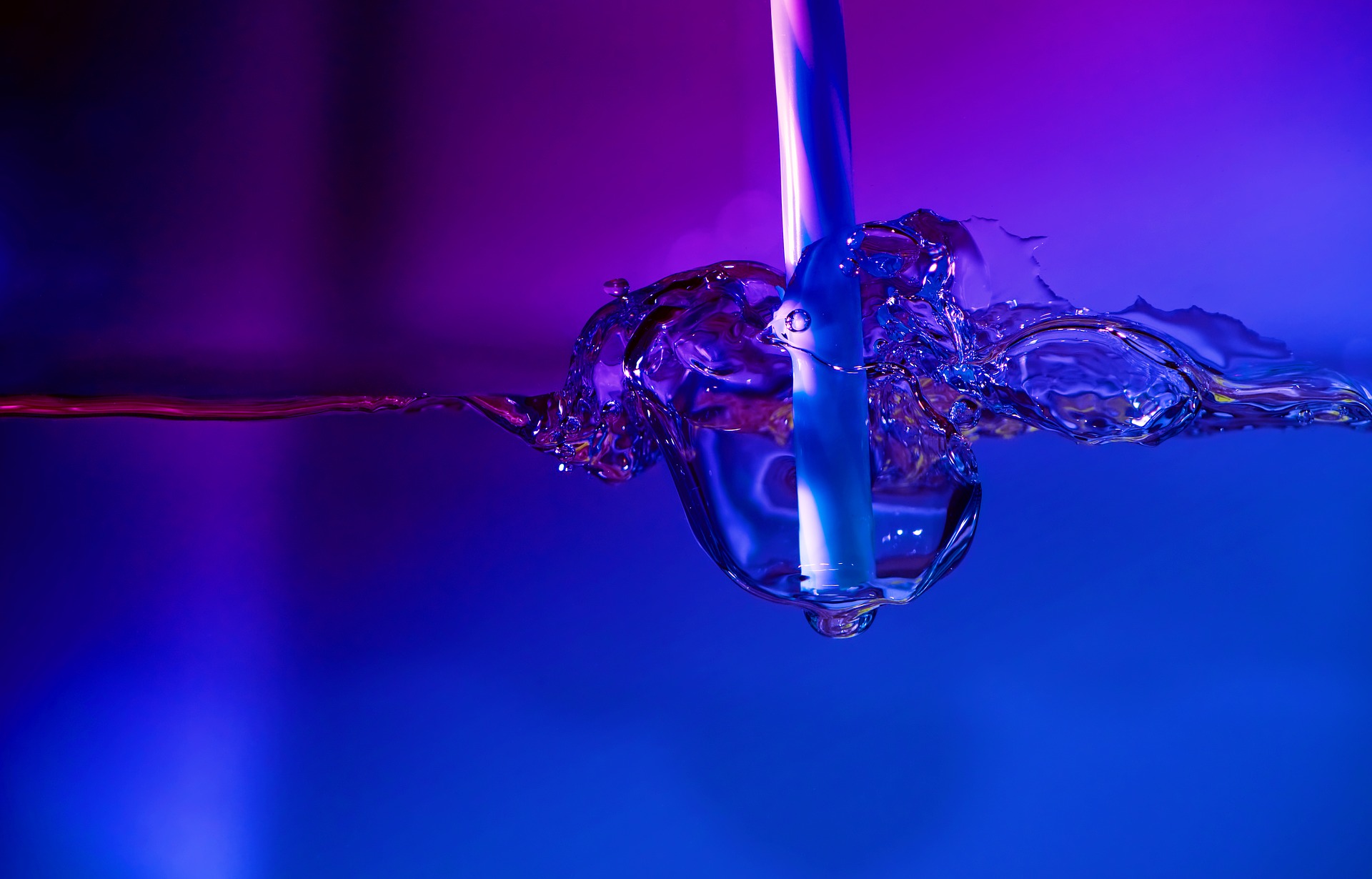
04 Mar. 2019
What Is This Water Filtered or Reverse Osmosis?
What is the difference in filtered water and reverse osmosis water?
Reverse Osmosis is bottle quality water that has gone through a four, five or six stage process. A sediment filter, one or two carbon filters, a polishing filter right before you dispense and most important a semipermeable membrane. They remove salts, minerals, and dissolved inorganic compounds. Total dissolved solids have been reduced 96.5%. Arsenic V 97.8%, Cysts 99.99%, Fluoride 96.3%, and Lead 98.0%. Read More
- By:Lisa Bauer
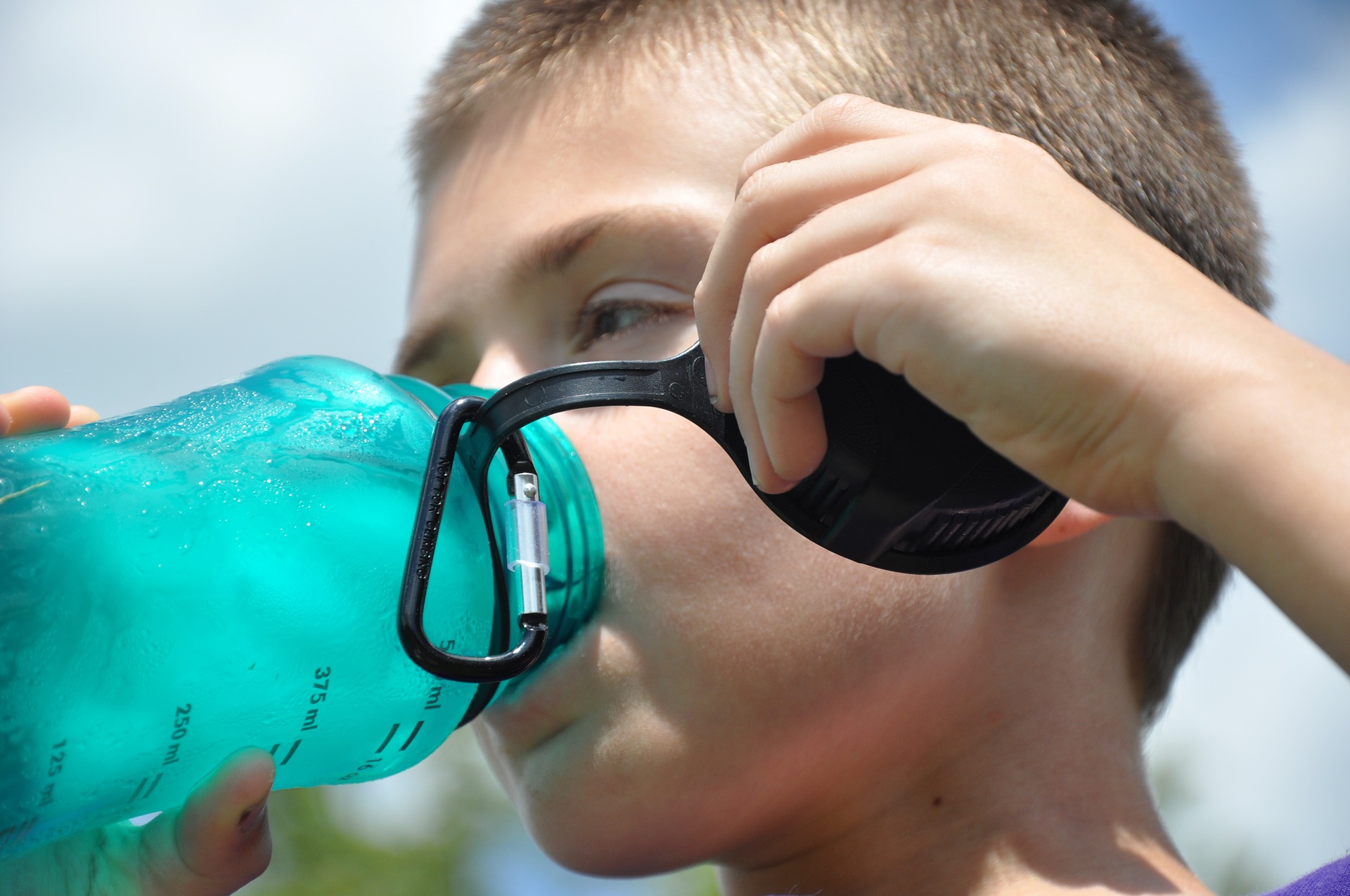
29 Nov. 2018
Your body needs water and we can make you like water
How much water do you need to drink in a day here in San Antonio?
Water one of the essential elements to good health. Water is essential for every cell that makes up your body and getting your daily requirement of water helps your organs function, supports digestion, makes your skin look younger more youthful and eliminates toxins from the body.
- By:Lisa Bauer
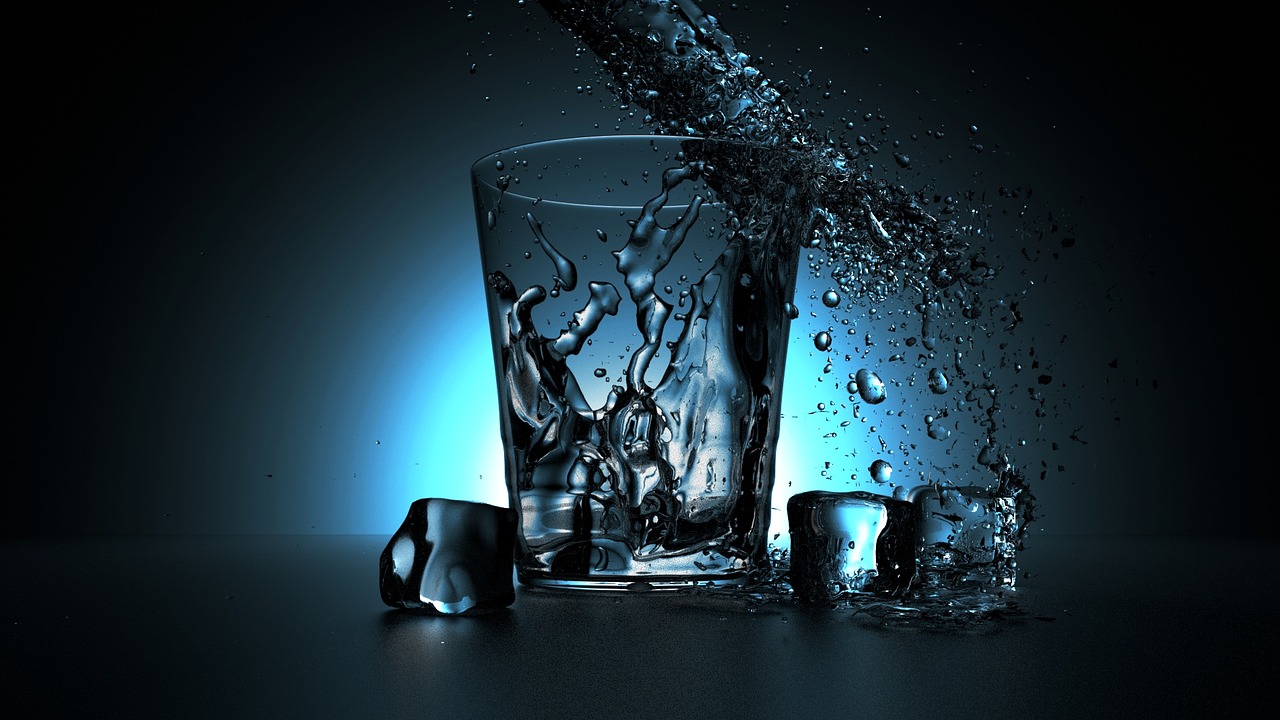
07 Oct. 2018
Bottle Quality Water Or Filtered
What Is This Water?
Filtered or Reverse Osmosis
What is the difference in filtered water and reverse osmosis water.
Reverse Osmosis is bottle quality water. A point of use system, the water has gone through a four, five or six stage process. A sediment filter, one or two carbon filters, a polishing filter right before you dispense and most important a semipermeable membrane. They remove salts, minerals, and dissolved inorganic compounds.
- By:Lisa Bauer
